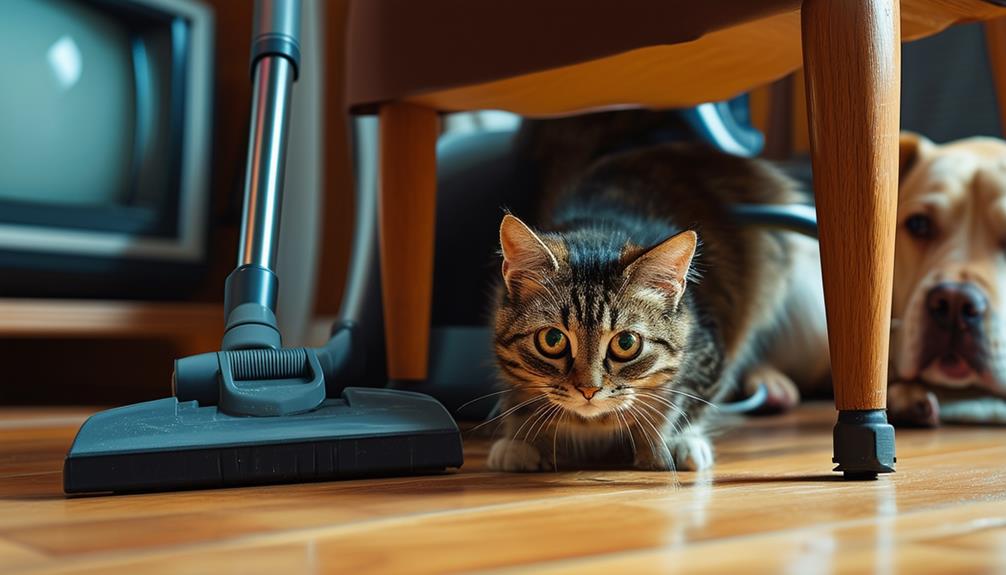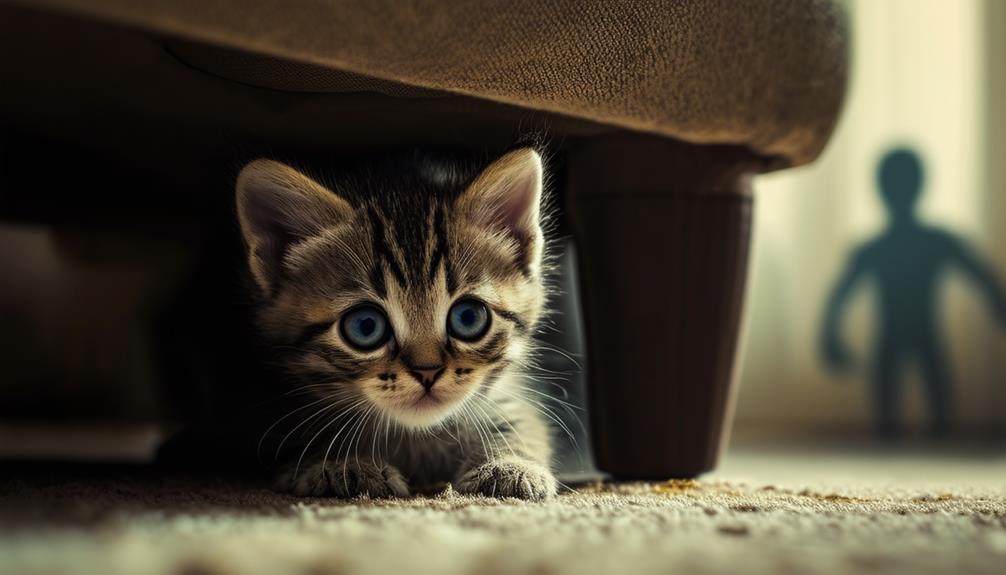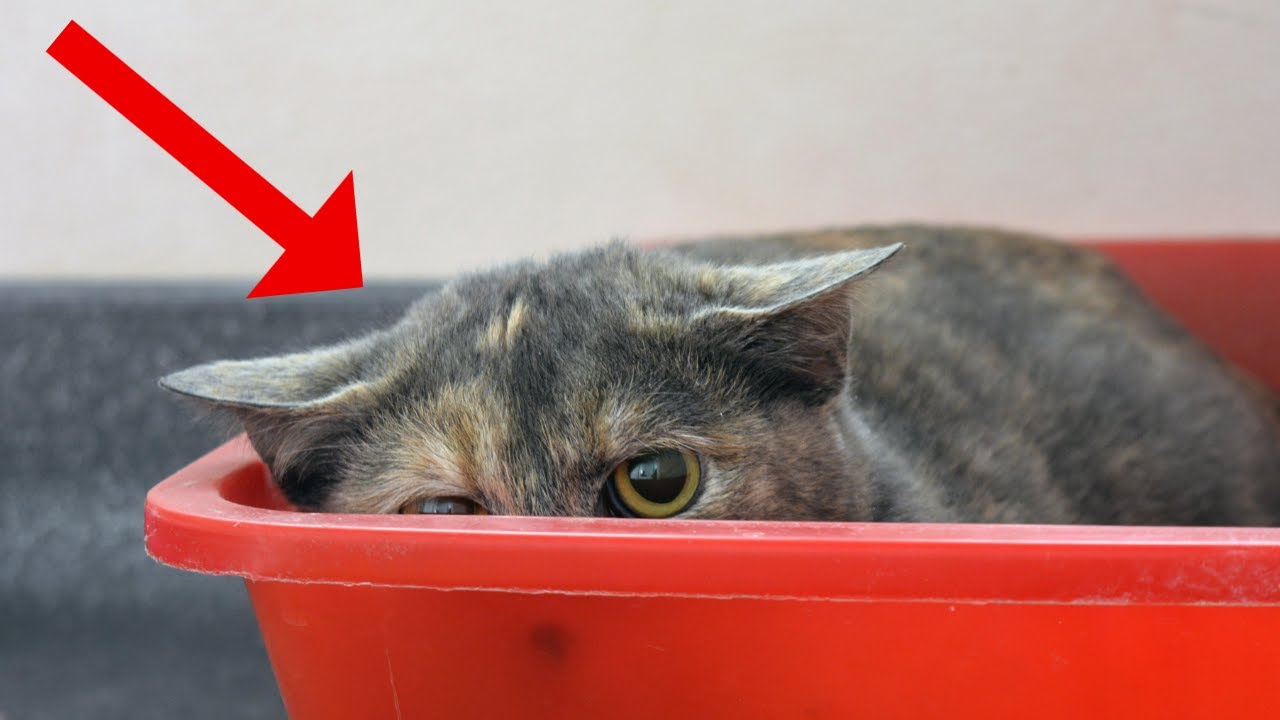Why Is My Cat SCARED OF EVERYTHING?!
Understanding why your
Cats, by nature, are highly sensitive creatures, and their fear responses can be attributed to a variety of stimuli such as loud noises, unfamiliar environments, and changes in daily routine.
Additionally, early life experiences, particularly negative ones, can greatly shape their behavior.
To address this issue effectively, it is essential to identify these triggers and adopt strategies that can help your
So, what are the steps you can take to help your
Common Triggers for Fear

Loud noises, such as fireworks and thunderstorms, are among the most common triggers for fear in cats.
These sudden, intense sounds can startle even the calmest feline, causing them to seek refuge under furniture or in secluded corners.
Additionally, new people or strange animals entering their environment can provoke anxiety, as cats are creatures of habit and territorial in nature.
Changes in daily routines, such as alterations in feeding times or sleeping areas, can also unsettle them.
The introduction of new pets or humans into the household can exacerbate their stress.
Furthermore, past experiences, particularly those involving hunger or resource scarcity, can contribute to a heightened state of alertness and fearfulness in cats, necessitating a considerate and patient approach to their care.
Travel-Related Fear
In addition to the common triggers of fear within their home environment, many cats experience significant anxiety related to travel.
The unfamiliarity of new surroundings can be immensely stressful for a
To mitigate this, using a familiar pet carrier can provide a comforting refuge.
Cats instinctively seek hiding spots when frightened by loud noises, which are often encountered during travel.
This fear can accumulate, contributing to overall anxiety levels. It’s important to avoid purposefully creating loud noises that may exacerbate their stress.
Early Experiences

Early experiences play an essential role in shaping a
Cats form their foundational understanding of the world during their early developmental stages.
Negative or traumatic experiences during this period can lead to heightened fearfulness throughout their lives.
For instance, kittens that faced mistreatment or attacks may develop deep-seated anxieties.
These fears can manifest as avoidance behaviors, where the
It allows you to approach your
While some fears may never completely fade, creating a safe, nurturing environment can greatly improve your
Signs of Fear
Recognizing the signs of fear in cats is vital for providing appropriate care and interventions.
Cats exhibit fear through several physical and behavioral cues, such as flattened ears, dilated pupils, growling, and hissing.
You may notice your
These reactions fall into three primary categories: fight, flight, or freeze.
Understanding these responses helps in identifying when your
It’s important not to force your
Observing these signs allows you to approach your
Helping Cats Overcome Fear

Addressing the signs of fear in cats involves employing various techniques to help them overcome their anxiety and build confidence.
Gradual exposure to fear triggers, combined with positive reinforcement, can be remarkably effective.
Start by introducing the
Over time, slowly increase exposure while continuing to reward positive responses.
Creating a safe, quiet space where your
For severe cases, consulting a professional behaviorist may be necessary to develop a tailored plan.
Building trust and understanding your
Conclusion
Understanding the myriad triggers that can instill fear in cats, from loud noises to unfamiliar environments, is essential for fostering a serene and confident kitty.
Early experiences play a vital role, often setting the stage for future anxieties.
Observing signs of fear and employing gentle, consistent positive reinforcement can transform a
With patience, the delicate balance of a






